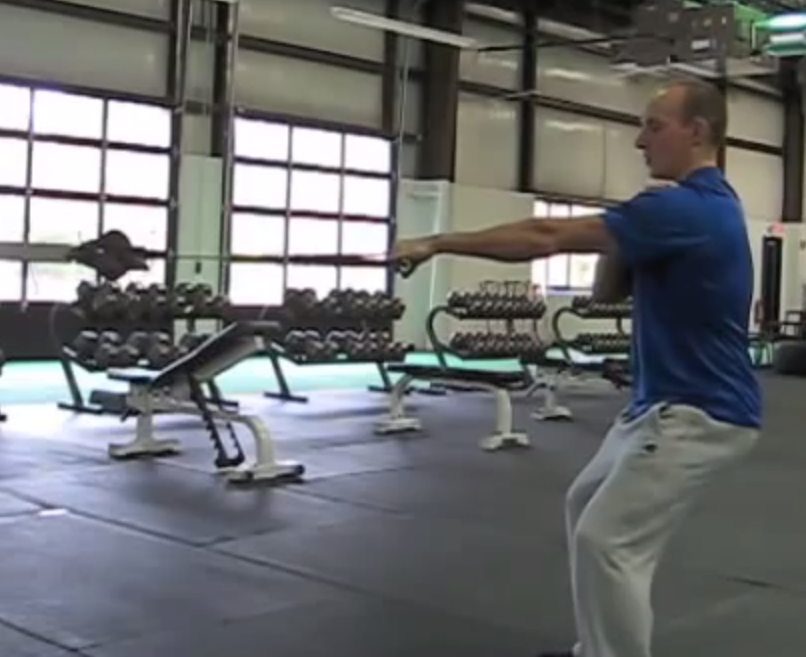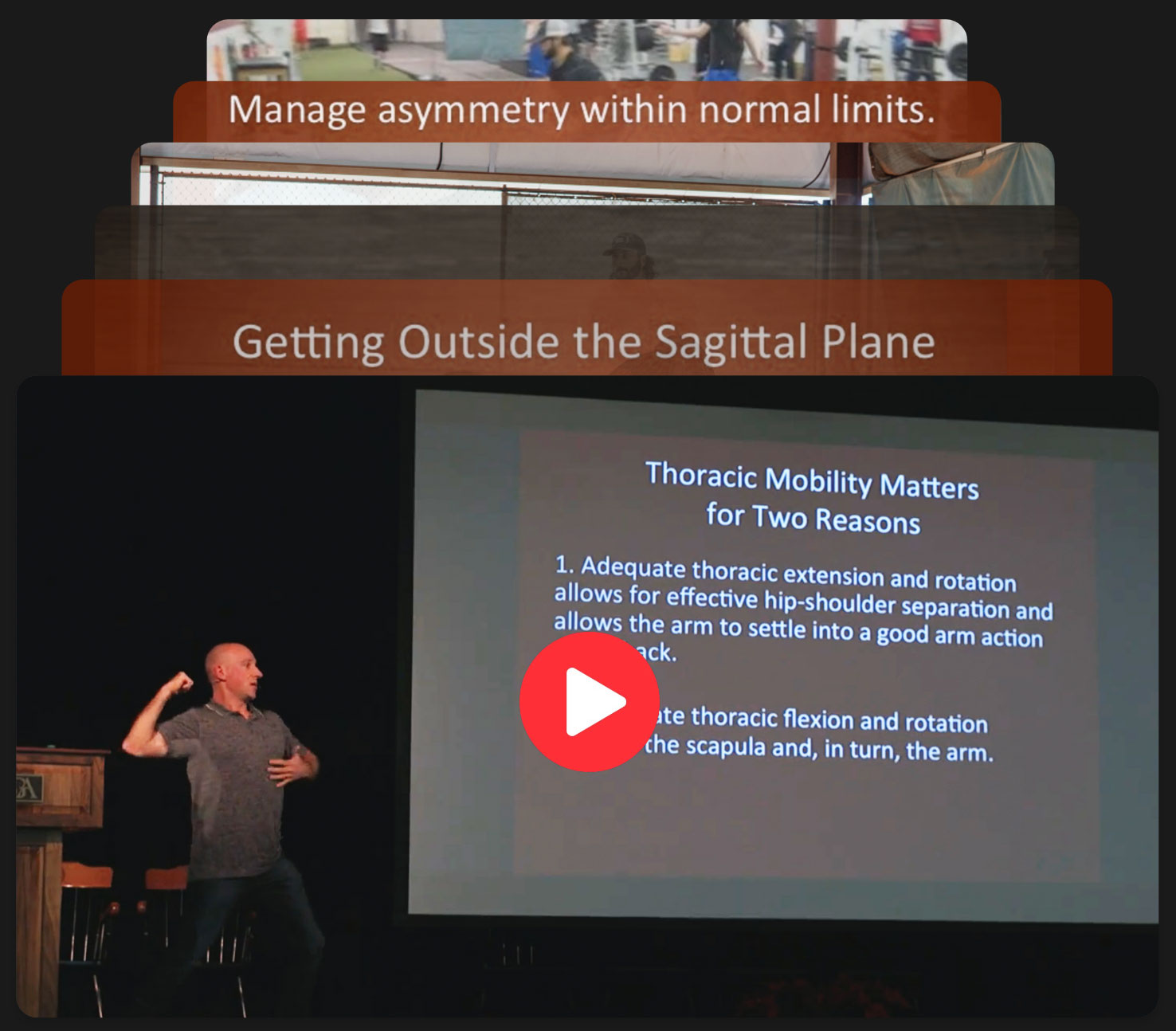I’ve already highlighted the top articles I put out at EricCressey.com in 2024, so now it’s time for the top guest posts of the year. Here goes… 1. Artificial […]
Free Access to Eric’s 47-Minute UNE Lecture
Hip-Shoulder Separation in Rotational Athletes: Making Sense of the Thoracic Spine.
Welcome to Cressey Sports Performance
Over the years, Eric Cressey’s given this lecture to more than 10,000 coaches, players, sports medicine professionals and enthusiasts and it’s been a huge hit. In the video, you will observe a lot of our CSP athletes training and learn:







